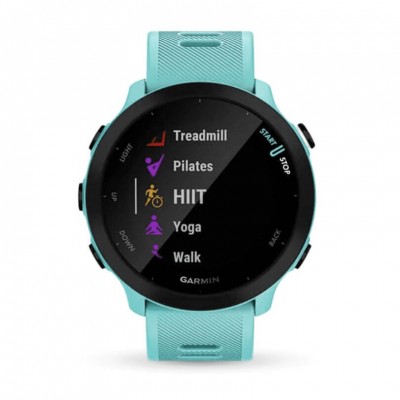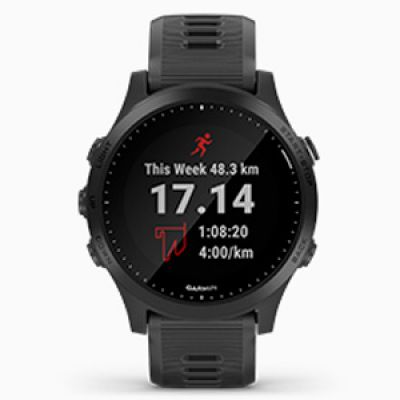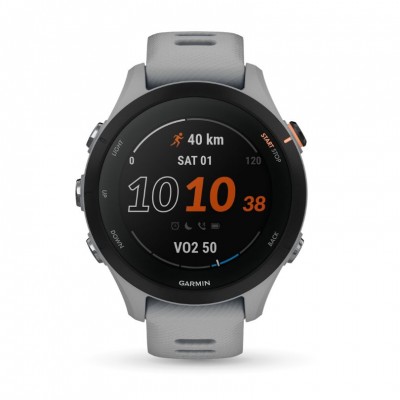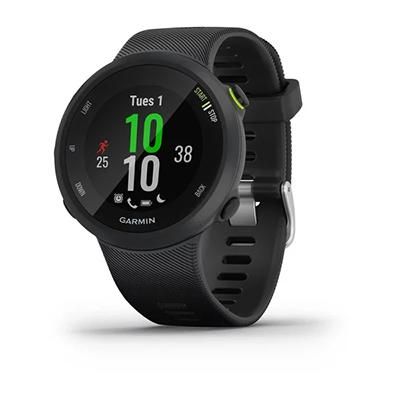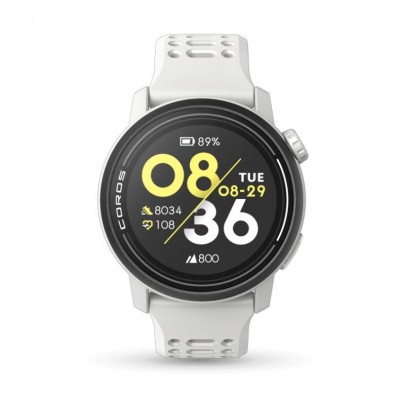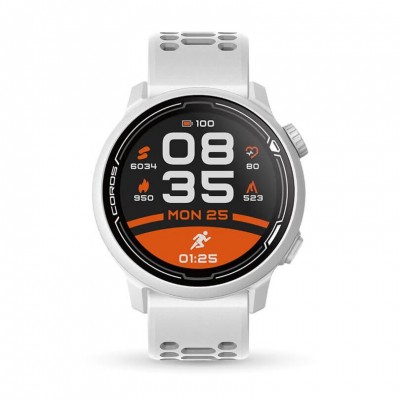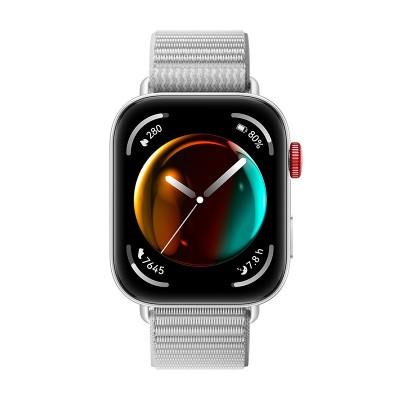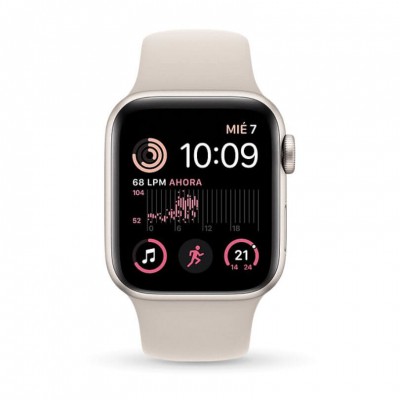Any runner looking to improve performance has heard or read about heart rate training zones. Of these, zone 2 is probably the one you've heard about most often, and it's no coincidence. Training in zone 2, which is characterized by running at a gentle, sustained intensity, has become the foundation of what I like to call efficient running. But do you want to know what makes this training zone so special? And, above all, why it should be the protagonist in most of our workouts, whether we are beginners or more experienced runners?
Let's talk to Raul Lozano, RUNNEA Trail Team's running and trail coach with years of experience training and competing in ultra distance events, to understand in depth the importance of training in zone 2 and how it can help us run more and better without exposing us to unnecessary injuries.
A key zone for building a solid base
Training in zone 2 means working in a range between 60 and 70% of our maximum heart rate. In other words, this is an effort in which we can hold a conversation without problems and in which we feel comfortable. In practical terms, it is a pace at which we could run for hours without noticing extreme fatigue. "It is the zone where we build our aerobic base, and without a good base, any attempt to improve our times will be unstable," explains Raúl Lozano.

Several scientific studies support this assertion. A study published in the Journal of Sports Sciences in 2013 revelthat runners who dedicated most of their training to zone 2 improved their cardiovascular efficiency and significantly reduced the risk of injury.
The reason is clear: by training in zone 2, the heart gets progressively stronger, capillaries multiply, and the body learns to use oxygen more efficiently.
In addition, training in zone 2 improves the body's ability to use fat as an energy source. At low intensities, our body turns primarily to fat for fuel, which is not only beneficial for runners looking to improve their body composition, but also saves glycogen for more intense efforts. This is particularly useful in long-distance running, where improved fat-burning efficiency can make the difference between finishing a marathon with energy or suffering a breakdown.
Zone 2, insurance against injury
One of the big problems of many popular runners is that they train too fast, too many days. Raúl Lozano makes it clear: "Many people think that to improve you have to run fast all the time, but this only leads to overloads, chronic fatigue and injuries. Training in zone 2 allows you to maintain a high volume of work without overtaxing the musculoskeletal system. In other words, it is an effective method for accumulating kilometers without the risk of overloading.

In fact, recent studies have shown that approximately 80% of a runner's weekly training should be in zone 2 This philosophy, known as "polarized training," has proven to be effective in both elite athletes and amateur runners. A paper published in the International Journal of Sports Physiology and Performance in 2014 concluded that those runners who devoted at least 75-80% of their volume to low-intensity training, such as zone 2 training, had superior performance and a lower incidence of injury compared to those who trained at higher intensities on a regular basis.
Our runners' favorite running shoes
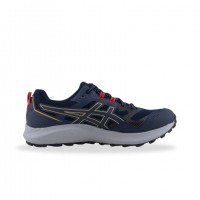 ASICS Gel Sonoma 7
9.7
ASICS Gel Sonoma 7
9.7
 ASICS Novablast 4
9.7
ASICS Novablast 4
9.7
 Mizuno Wave Rider 28
9.7
Mizuno Wave Rider 28
9.7
 ASICS Gel Trabuco 12
9.7
ASICS Gel Trabuco 12
9.7
 ASICS Nimbus 25
9.6
ASICS Nimbus 25
9.6
Running faster by running slower
It may sound paradoxical, but to run faster, we must first learn to run slower. Zone 2 is key to improving our aerobic capacity, which has a direct impact on our speed in long-distance races. "When we train in zone 2, we increase the number and size of mitochondria in our cells," explains Lozano. "Mitochondria are in charge of producing the energy our muscles need to function. The more mitochondria we have, the more efficient our body will be, and the easier it will be to maintain high paces for longer."
Science backs up this claim. A study conducted by the University of Copenhagen in 2010 showed that athletes who trained predominantly in zone 2 significantly increased their ability to oxidize fat and improve energy efficiency. This not only allowed them to run faster on long runs, but also to recover faster between intense training sessions.
How to find your zone 2
But it's true that determining your zone 2 is not always easy, as everyone has a different threshold. The easiest way to do this is by using a sports watch with a heart rate monitor."The ideal is to stay between 60 and 70% of our maximum heart rate," says Lozano. To calculate maximum heart rate, the formula 220 minus age is often used, although Lozano warns: "It's a gu, but it's not perfect. Each person is different, and the best way to really know your zone 2 is through a stress test."
Another way to tell if you're running in zone 2 is the well-known "talk test." If you can speak in complete sentences without getting out of breath, you're probably in the right range. This intuitive way is very useful, especially for runners who don't want to rely on technology at every outing.
You can also use the Rating Perception of Exertion (RPE) scale, which ranges from 1 to 10. In zone 2, you should feel that the effort is about a 4. That is, a comfortable pace at which you could continue for a long period without feeling exhausted.
How to structure your workouts in zone 2
Raul Lozano suggests that most recreational runners should dedicate 70% to 80% of their weekly volume to zone 2 training. "If you are a beginner runner, almost all of your training should be in this zone. If you are advanced, you should also maintain a high volume in zone 2, reserving the higher intensities for specific sessions," he says.

Long weekend workouts are a good example of zone 2 sessions. "They are the perfect time to rack up the miles and strengthen our cardiovascular system without the wear and tear of faster workouts," says Lozano. He also recommends including light outings between intense training sessions, as these help active recovery and eliminate waste products from our muscles, such as lactate.
Not sure which running shoe to choose?
In a few simple steps we help you to choose the ideal running shoe for you
Go to the Shoe FinderIdeally, you should spread your zone 2 sessions throughout the week. For example, you could do three or four short to medium duration zone 2 rides during the week, supplemented by a longer ride on the weekend. The idea is that you keep most of the time at a low intensity, so you can build up volume without excessive wear and tear.
A good training schedule for beginner runners might include 3 30-45 minute Zone 2 sessions during the week and a 60 minute long run on the weekend. For more advanced runners, the time in each session can be increased gradually, and zone 2 workouts can be combined with some high-intensity intervals for speed work.
Lozano also stresses the importance of listening to your body. "If you're not feeling well one day, a zone 2 session can be the perfect solution to keep you active without overloading you. It's a smart way to keep training while taking care of your health," he says.
Long-term results: patience and consistency
Zone 2 training requires patience. "Results don't come overnight, and that can be frustrating for some runners," Lozano admits. "But if you're consistent, you'll see your performance improve noticeably over time." According to a study published in the European Journal of Applied Physiology in 2018, it takes at least six to eight weeks of consistent Zone 2 training to start noticing significant improvements in aerobic capacity.

In the long run, zone 2 training not only improves the ability to run faster for longer, but also helps keep us healthy and avoid injury. "It's a smart approach for any runner, regardless of level," insists Lozano. "The key is to build a solid base that we can build on when we want to increase the intensity."
In addition, Zone 2 training contributes to improved metabolic health. By promoting the utilization of fat as an energy source and improving insulin sensitivity, this type of training is a powerful tool for maintaining a healthy weight and reducing the risk of metabolic diseases such as type 2 diabetes. For many runners, running is not only a way to improve performance, but also to take care of their overall health, and zone 2 is critical to achieving both goals.
Zone 2 as a training pillar
Training in zone 2 is one of the best decisions you can make as a runner. Not only will it allow you to improve your performance in the long run, but it will help you stay libre and enjoy running in a sustainable way. "Many runners focus too much on speed and forget that endurance is the foundation of everything," concludes Raul Lozano. "Zone 2 gives you that base, allows you to run more and better, and above all, teaches you to enjoy the process."
Now you know, when you put your running shoes back on if you're looking to improve your performance and minimize the risk of injury, zone 2 should be a fundamental part of your training plan. Don't underestimate the power of running slowly to go far.
Read more news about: Running Training



